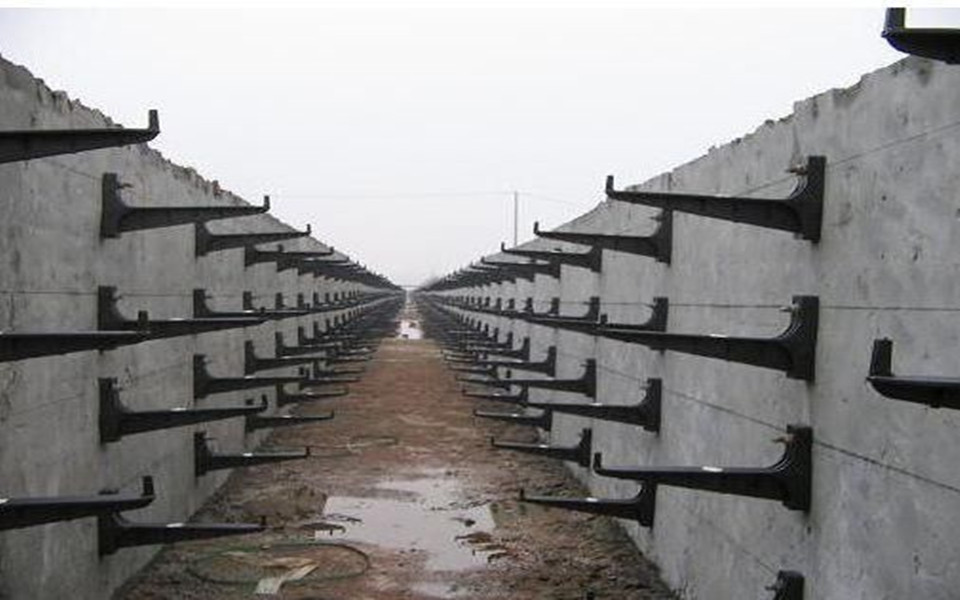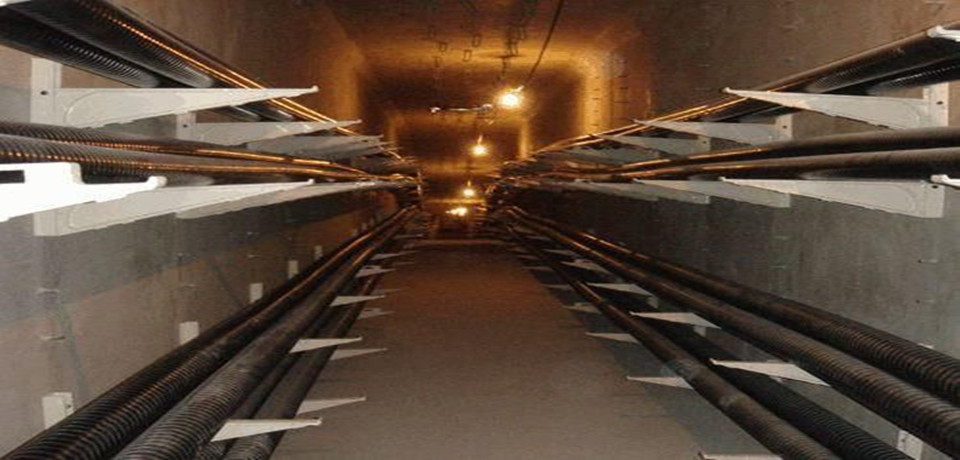According to the definition in DL/T 521-2-2005 "Technical Regulations for Urban Power Cable Line Design", the direct burial method is to put the cable into the trench for excavation, and lay a certain thickness of sand or fine soil along the cable. The prefabricated reinforced concrete protection board is placed on the back cover, and finally the soil is backfilled, and the laying method is flush with the ground. In the past, the laying method of power cable lines was mostly carried out by direct burial.

Advantages of direct laying of power cables: quick construction, low investment, generally shallow depth, generally placed below the frozen soil layer, small excavation surface, by considering the cable depth and soil thermal resistance coefficient, compared with the pipe arrangement The cable has a large current carrying capacity. At the same time, since the power cable laying channel has been backfilled, it is not necessary to consider the cable expansion and contraction effect caused by laying in the air. It is not necessary to adopt a serpentine laying method, and only need to be laid according to the cable's own curvature. can.
Disadvantages of direct laying of power cables: In the situation of China's sustained economic growth, many cities have been expanding, resulting in direct buried cables that are not within the roads. With the rapid development of municipal construction, the mechanical construction is damaged by external forces. Personal injuries, power interruptions and other accidents. For the sake of power supply safety and reliability, it is not recommended to lay high-voltage power cables in the core area of the city. For high-altitude power lines and other areas with no planned roads in the future, high-voltage power cables can be laid directly. To shorten the construction period and reduce investment costs.
The direct buried cable laying method is mostly used for power cables with less than the root and the same path. It is easier to renovate under the urban sidewalk or the edge of the road in the area where the factory is connected to long-distance auxiliary facilities or suburban areas where it is not easy to have frequent excavation. Can be buried directly.
In areas with more underground pipe network in the plant area, there may be places where molten metal and high-temperature liquid overflow. If it is to be developed, there will be frequent excavation. It is not suitable to use the soil directly buried in chemical corrosion or stray current corrosion. Directly buried. With the continuous advancement of urbanization, large-scale urban reconstruction projects are increasing, and considering the timely and convenient operation of cable operation, maintenance and accident handling after putting into operation, the direct laying method of cables in large cities has gradually no longer advocated in recent years. use.